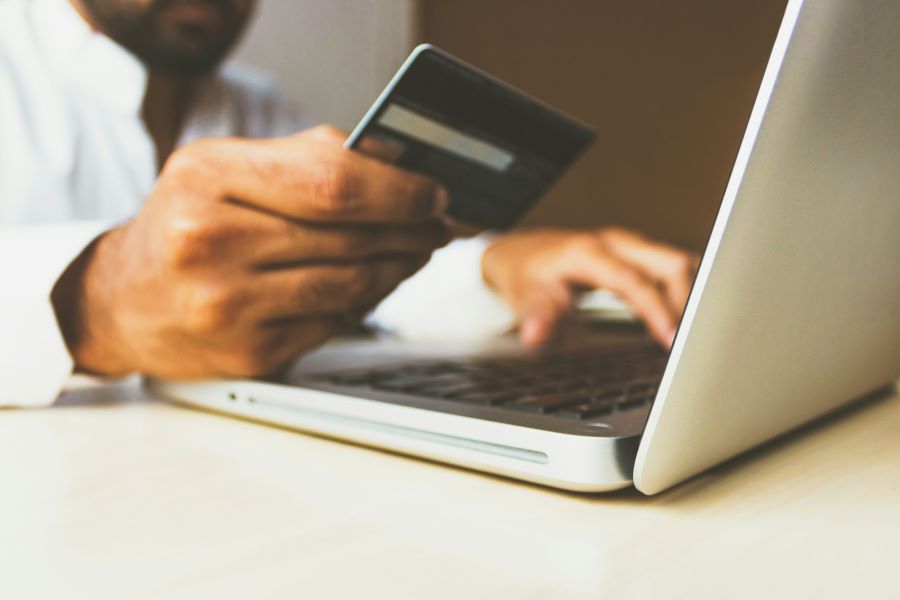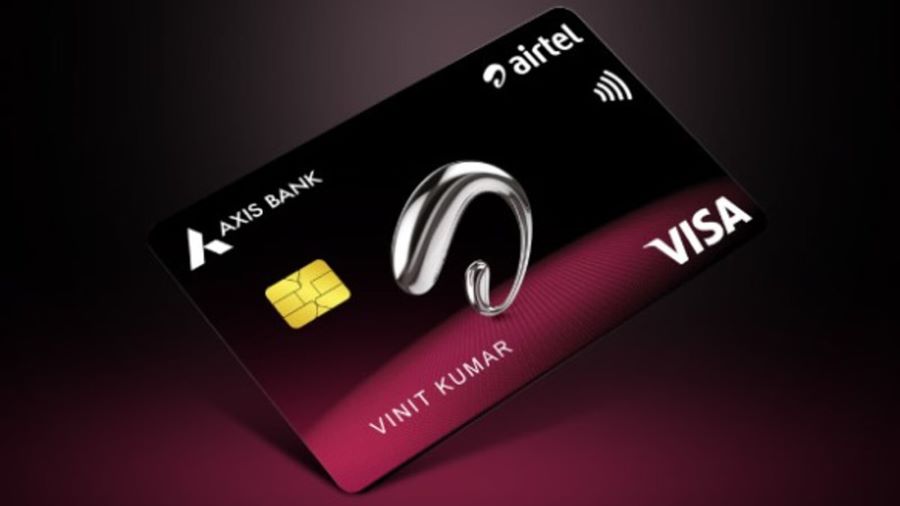Whether it is the digital world or the world of finance, safety is of utmost concern and hence, a top priority. That’s the reason why every credit card or debit card has a CVV number which not only serves as an additional layer during payments but also helps in preventing fraudulent activities. Whether you are buying a translation card from a bank or a small financial institution, you must be provided with a CVV number.
But what is the meaning of CVV? What is security code in credit card? Let’s get answers to all these questions as in this article, we would be understanding what is a CVV number, where to find it, and how to protect it.
What is CVV?
CVV stands for Card Verification Value and is a three or four-digit code printed on the back of your debit or credit card. However, it can also be found on the front of several specific cards. It is a unique code for every different card and is used to make online or over-the-phone transactions.
In case, your CVV doesn’t match the number provided while making payments, your transaction would be declined. Hence, it is important to not share your CVV number with anyone, especially strangers. A CVV number is generated by credit card or debit card issuers based on your card number, its expiry date, and service code.
Where to Find CVV Number?
The CVV number can be located on either the front or the back of your credit or debit card. Usually for Visa and Mastercard, the CVV number is given on the back of the card right off the magnetic stripe. However, for American Express cards, you can find the CVV number on its front just above the card number.
Also Read: How to Make UPI Payments Using Credit Cards?
Components of a CVV
CVV has two components which include the magnetic strip and the number. The magnetic strip contains confidential and prominent information about your credit or debit card and can only be accessed through a magnetic reader machine. The second part which contains a three or four-digit number is used for online or telephonic transactions or payments.
Why is a CVV Number Important?
The major purpose of the CVV number is to verify that the person making the transaction physically possesses the card. While making online payments, you are usually supposed to fill in your card number, expiry date, account holder’s name, and CVV number. Now imagine, someone else has your credit or debit card. Wouldn’t they get access to all the above-mentioned card details? Of course, that’s why it is always recommended to never provide anyone with your CVV code as it will allow them to misuse it and make unauthorised online purchases.
Tips to Protect CVV Number
Here are some of the significant tips that would surely help you to protect your CVV number from scams:
- Never share your CVV with anyone whether it is your family members or friends. Only enter it when making a purchase online and don’t save it on any website or device.
- Always keep your credit or debit card in a secure location and never leave it unattended. If you lose your card or it gets stolen, contact your bank or credit card issuer as soon as possible.
- Only enter your CVV on secure websites that use encryption technology to protect your personal information.
- Don’t enter your CVV number on public Wi-Fi networks as they are often not secure and could be monitored by hackers.
- Monitor your credit card statements regularly to make sure there are no unauthorised transactions. If you notice any suspicious activity, contact your bank or credit card issuer as soon as possible.
Difference Between a PIN and a CVV
Ever wondered what is the PIN or what is CVV in credit card? Well, there is quite a difference that you must be aware of. A PIN (Personal Identification Number) is a four to six-digit code that is used along with the magnetic chip on the card to make an in-person transaction. That means you can only use your PIN code when you swipe your card.
However, a CVV is used along with the card number and expiry date to make online transactions. Regardless, both of them are issued by financial institutions to prevent fraudulent activities and provide you with a layer of security.
Also Read: How to link your credit card to Google Pay?


 Get App
Get App  Airtel Store
Airtel Store  Login
Login 


